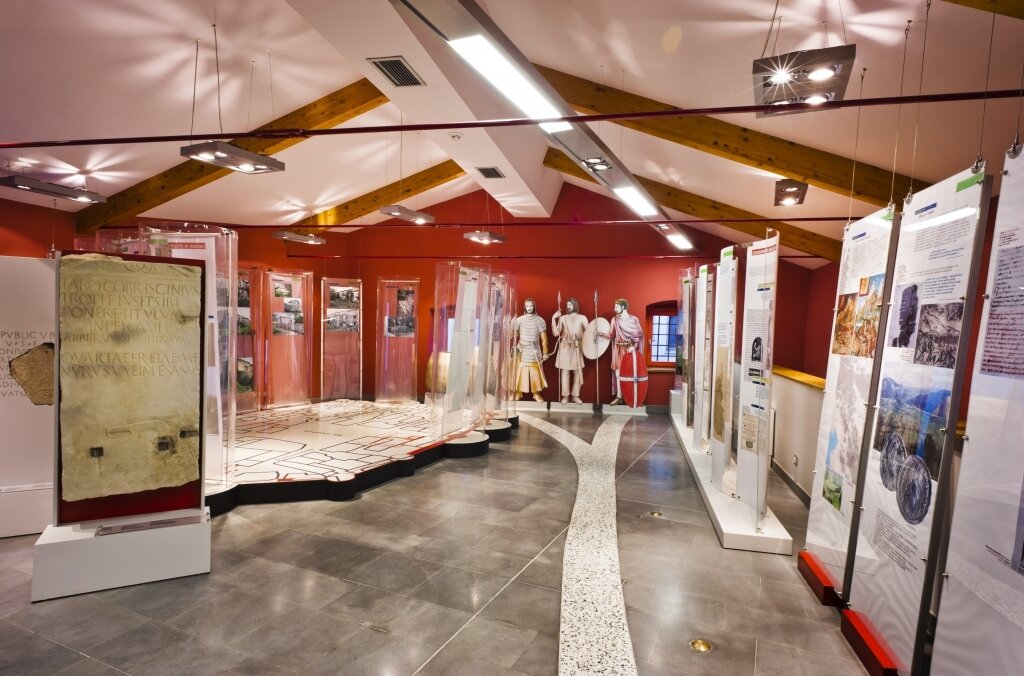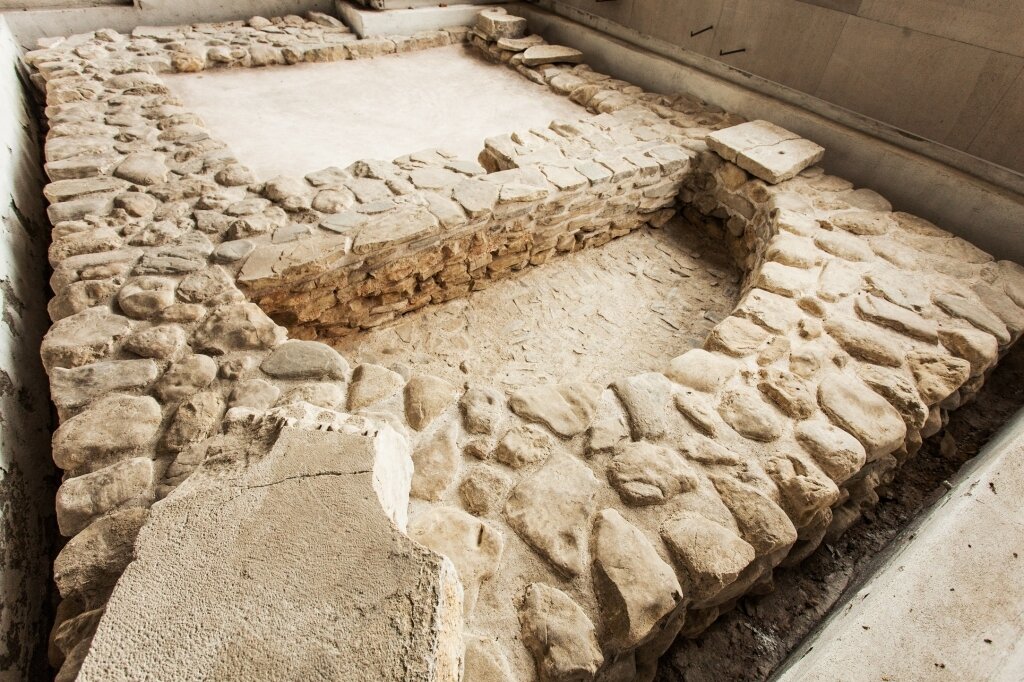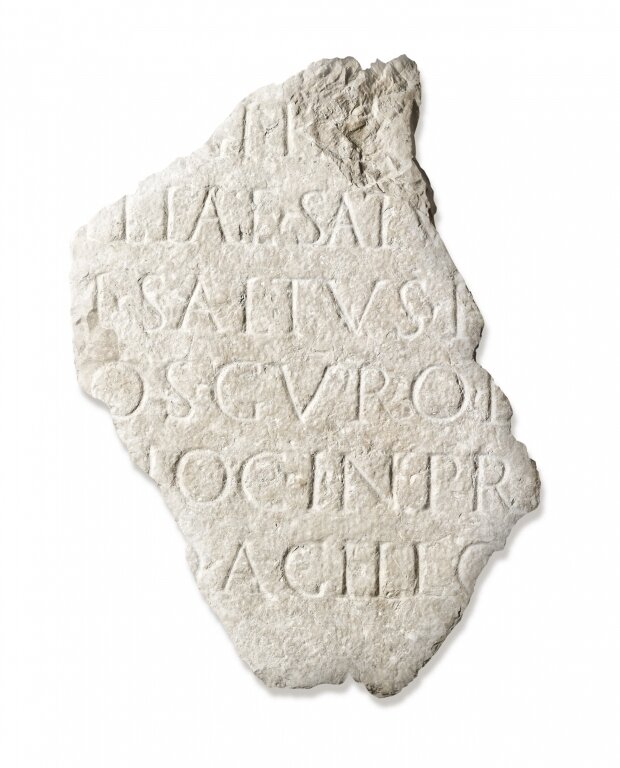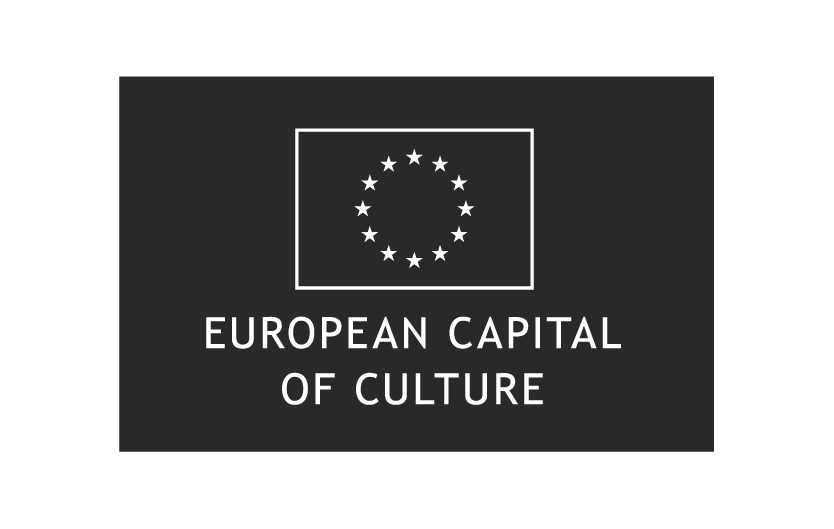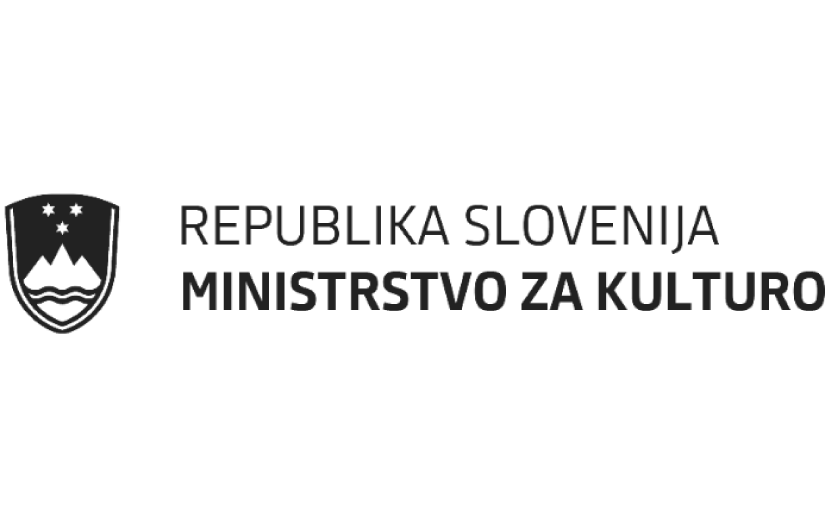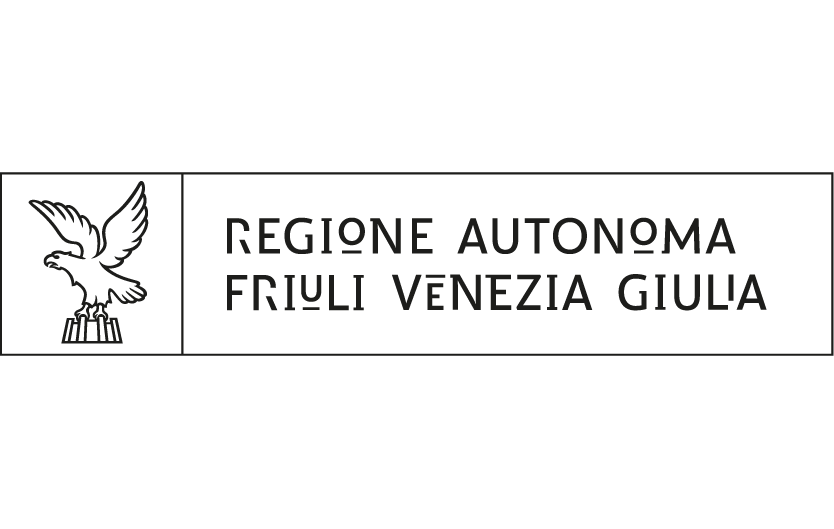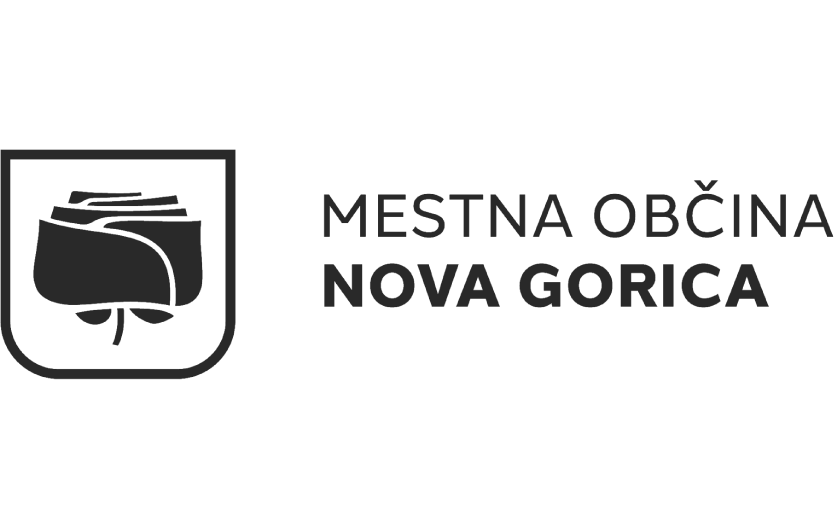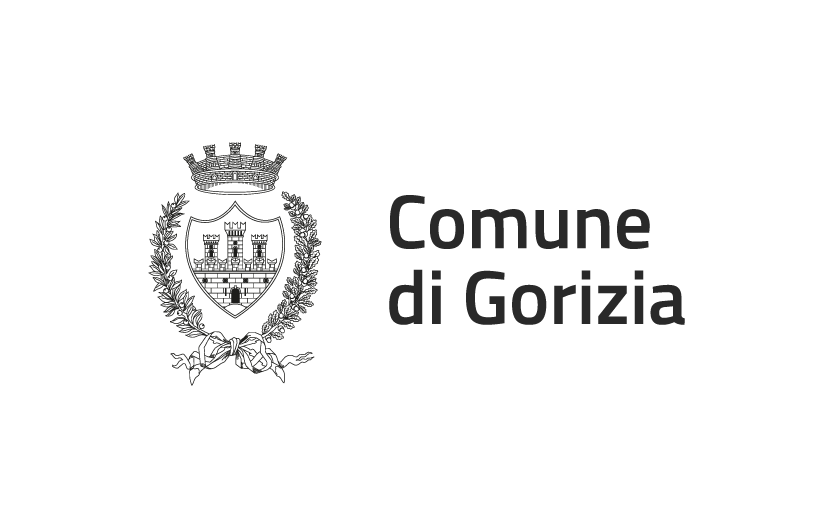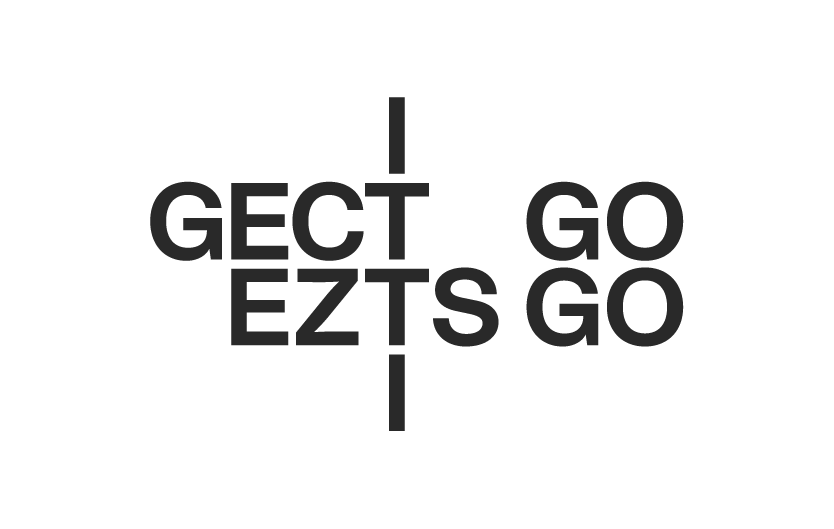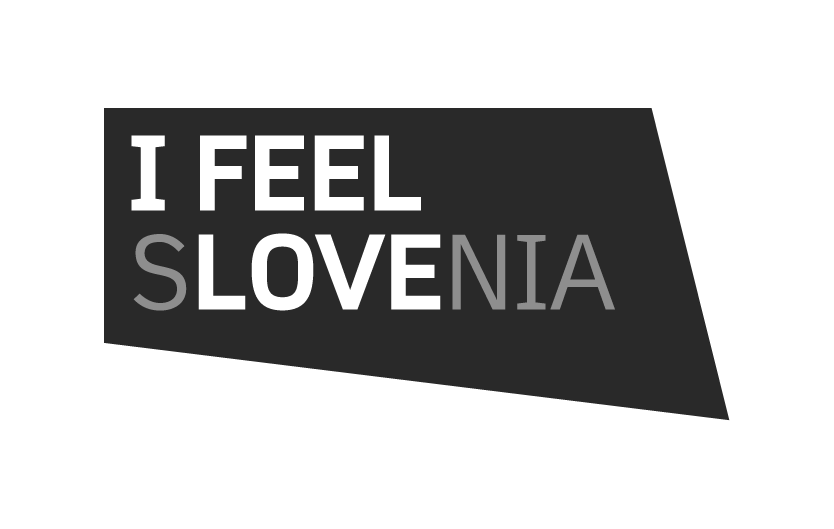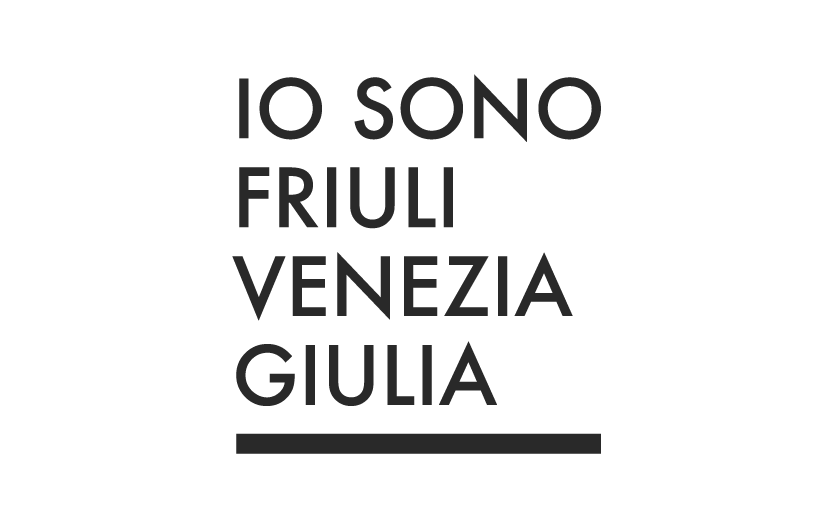The Roman Fortress Castra
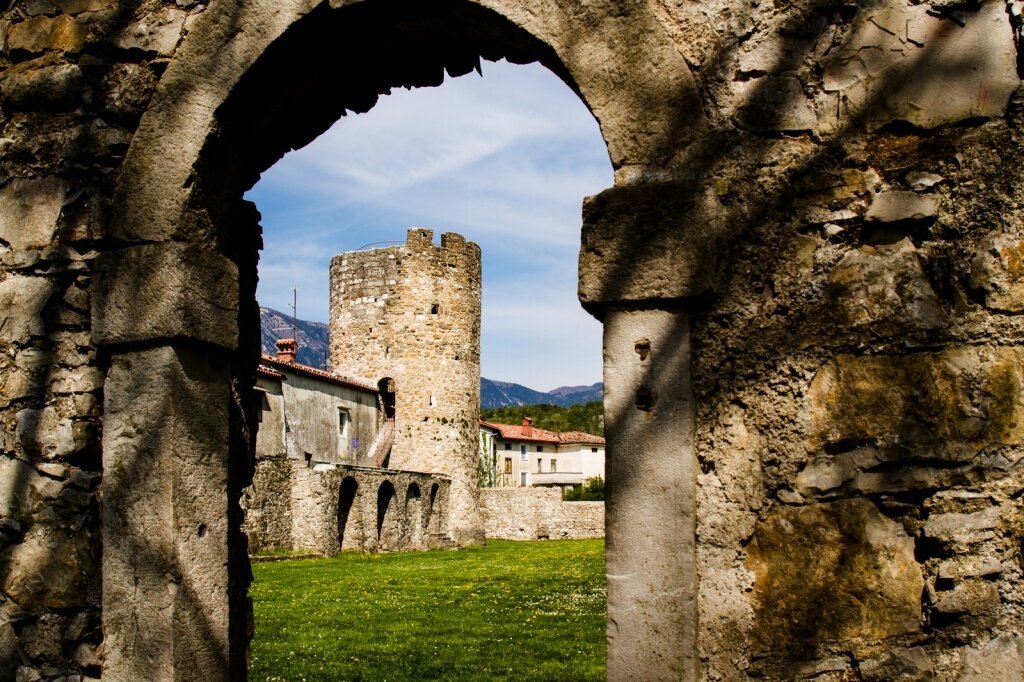
Castra, an important Roman military post in antiquity, retains its almost uninterrupted walls with fourteen towers. Today, the remains are exhibited in four open areas and are located at a lower level than the square. It is highly recommended to visit with a local guide who will tell you what life was like in this imposing fortress.
The Roman Fortress CastraAjdovščina is one of the most extensively researched Roman settlements in the Vipava Valley. Perhaps this is down to the fact that of all the Roman settlements in Slovenia, only Ajdovščina has managed to retain its Roman enceinte with 14 towers almost fully intact.
When the Romans founded Aquileia in the early centuries BC, they had also built a road through the Vipava Valley through what is today the village Razdrto to Emona (Ljubljana). Ajdovščina grew from the postal and freight station called mansio Fluvio Frigido (by the Frigid River, today the Hubelj River) that was set up on that route. Later, in the first century AD another road was constructed toward Emona through what is today Col and Hrušica (then Ad Pirum). The second half of the 3rd century and early 4th century saw the construction of a new fort called Castra as part of the defence system on the east frontier, next to Fluvio Frigido. This fort acted as an important military centre with a permanent military crew and command.
In the vicinity of Castra, on a plain between Ajdovščina and Vipava, the famous battle between the Roman Emperor Theodosius and the usurper Eugenius took place in 394 AD. The victory of the Christian Theodosius over his pagan enemy paved the way for Christianity to become a state religion.
The antique poet Claudian wrote: "In the decisive moment of the battle, a forceful wind came up that blew the spears back to Eugenius's men who had thrown them, deciding the battle in Theodosius favour."
For centuries, Ajdovščina did not expand beyond the fort. Castra was populated until the early 5th century, and in the 6th and 7th century the natives set up simple dwellings among the fort’s ruins. The 9th century saw the Slavs settle in this area definitively.
Legend has it that the Slavs, upon seeing the magnificent ruins of Castra, attributed its construction to giants in human form, so-called Ajdi. Hence the name Ajdovščina.
During the recent complete renovation of the Ajdovščina city centre, archaeologists discovered what would once be called preatorium, or the military headquarters, on Lavrič Square. Today, the ruins are displayed in four open-field presentations with walking level positioned lower compared to the square itself. The fields illustrate the fortress headquarters composed of various buildings.
The well preserved Roman wall with towers, remnants of Roman spas and archaeological artefacts kept by the Ajdovščina Museum Collection warrant a visit. Ideally, take a guided tour to fully experience the life in this impressive Roman fortress.
Get inspiredExplore the gems of the Vipava Valley and Goriška Region.
Discover mysterious places and stories, and get ready for heavenly experiences.
Explore a 3D visual reconstruction of the historical area of Castra, showing today's town center of Ajdovščina as it likely appeared at the beginning of the 4th century AD.
The 3D reconstruction was created as part of the RIMROM project, financed by the European Union through the GO! 2025 Small Project Fund under the Interreg VI-A Italy–Slovenia 2021–2027 programme, managed by EGTC GO.



